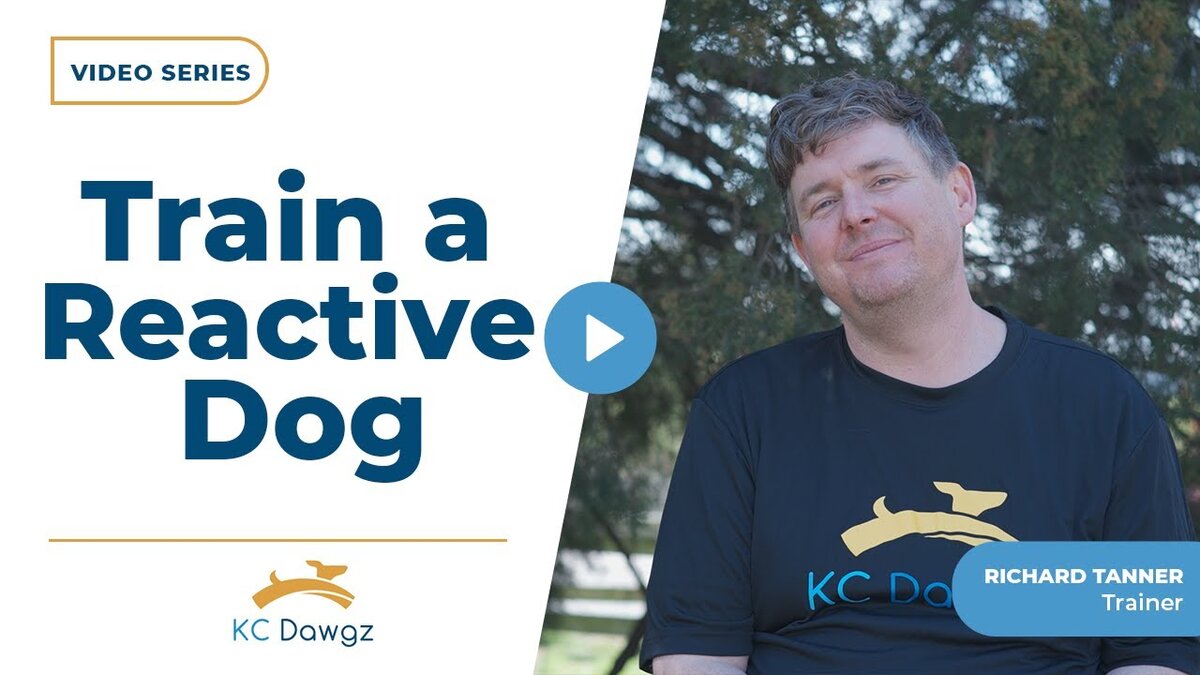Bringing a puppy into your home is an exciting and heartwarming experience. Those tiny paws, wagging tails, and endless enthusiasm can melt anyone’s heart. However, it is essential to remember that to introduce training to puppies is a crucial step in shaping them into well-adjusted and well-behaved adult dogs. In this comprehensive guide, we’ll explore the importance of early training, focusing on the basics, using positive reinforcement, and conducting short, enjoyable training sessions.
Significance of Early Training
Puppies are like sponges, soaking up knowledge and experiences as they grow. This is why starting their training early is vital. Training is not only about teaching them commands; it’s about helping them develop social skills, self-control, and understanding their place in the world.
Starting Early and Staying Consistent
When introducing training to puppies, begin as soon as you bring them home. Consistency is key. Use their name frequently and gently introduce them to basic commands like “sit,” “stay,” and “come.” Repetition and patience are your allies.
Focus on the Basics
One of the fundamental principles of puppy training is to focus on the basics. Keep the initial training sessions simple and manageable. Puppies have short attention spans, so limit each session to about five to ten minutes. Short and frequent sessions are more effective than long, exhaustive ones.
Role of Positive Reinforcement
Positive reinforcement is a cornerstone of effective puppy training. Instead of punishing unwanted behaviors, reward good ones. This approach fosters a positive relationship between you and your furry companion.
Rewards and Consequences
While each dog is unique, a mixture of rewards and consequences helps them understand what’s expected in different situations. Rewards can be treats, praise, or playtime. Consequences should never be harsh; instead, redirect their attention or remove them from the situation causing the problem.
Addressing Common Behavioral Issues
Reactivity is one of the most common behavioral issues dog owners encounter with their puppies. Reactivity can manifest as barking, lunging, or prolonged staring. It often stems from fear, curiosity, or over-excitement.
Understanding Reactivity
To tackle reactivity, you must first understand its root cause in your puppy. Is it fear-based, or are they overly excited? Once you’ve identified the source, tailor your training approach accordingly.
Role of Socialization
Proper socialization is crucial in preventing reactivity and other behavioral problems. However, socialization experiences should be individualized to your puppy’s temperament. Some puppies are confident and ready to play, while others may be more reserved.
Preventing Bad Behaviors
Preventing bad behaviors in puppies requires a combination of management, proactive training, and supervision.
Supervision is Key
Always supervise your puppy, especially when they’re exploring new areas or meeting new people and pets. This helps prevent undesirable behaviors and ensures their safety.
Using Tools for Management
Consider using baby gates to section off areas in your home and a drag leash to guide your puppy gently. These tools can be helpful in preventing them from getting into trouble and creating a safe environment for them to learn.
Conclusion
Introduce training to puppies is an essential aspect of raising a well-behaved adult dog. Start early, focus on the basics, and use positive reinforcement to foster a strong bond with your furry friend. Remember that each puppy is unique, and tailoring your approach to their individual needs is key to success.
If you need further guidance on puppy training, feel free to contact us for expert advice and support in your journey to raising a well-behaved canine companion.






